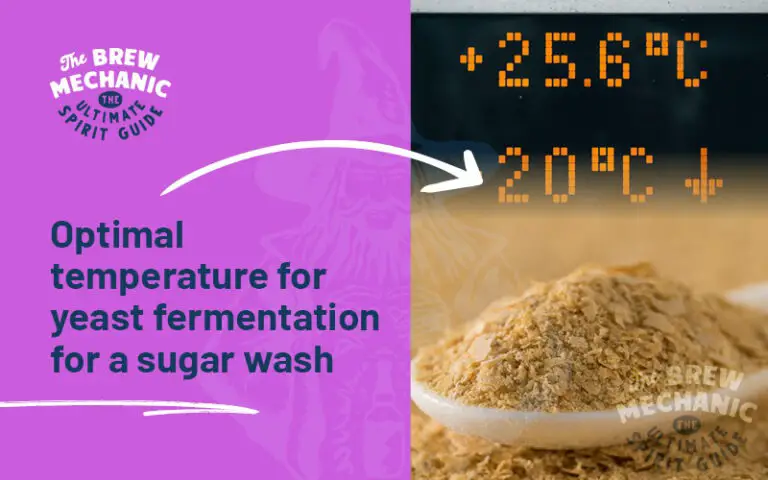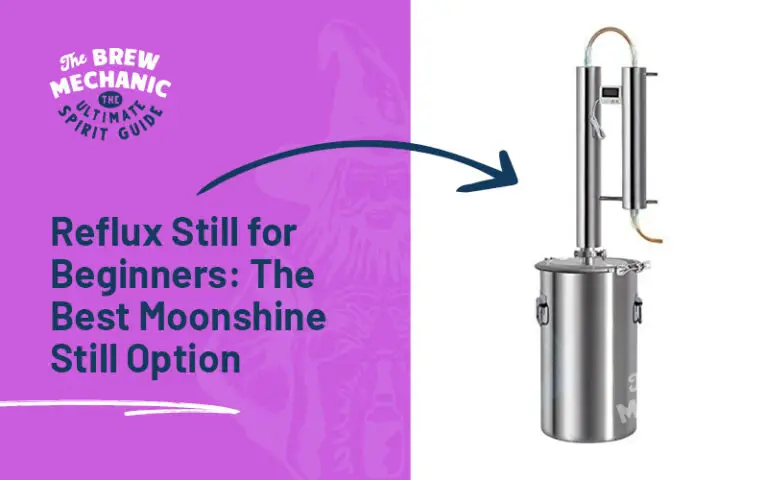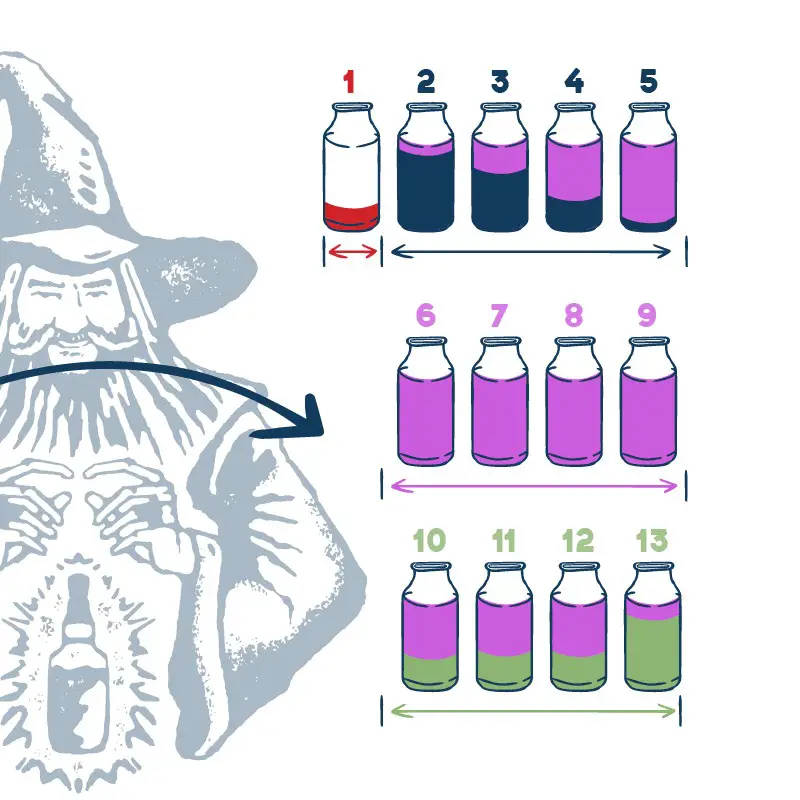How to Restart a Stuck Fermentation

Disclaimer: This post might include affiliate links, through which I may earn a small commission without any extra cost to you. Additionally, I am an Amazon Associate and earn from eligible purchases. All the products and services I suggest are ones I have personally used or would use. Thank you very much for your support if you decide to buy through any of my links!
Come join the Distilling Squad!
Get the best fundamental tips & tricks here. Woohoo!
A stuck fermentation is a common issue faced by brewers when yeast stops fermenting before converting all the sugar into alcohol. This can be frustrating, but there are several steps you can take to get your fermentation back on track from being sluggish.
Here’s a simple guide on how to restart a stuck fermentation, drawing on practical experience and proven techniques.
Methods to fix a stuck fermentation
Method 1: Make a New Batch of Starter Yeast
The first step to restarting a stuck fermentation is to prepare a fresh batch of yeast starter. Before doing so, check the yeast’s health by looking for any signs of off smells or discolouration, which could indicate spoilage.
Once you have confirmed that the yeast is healthy, make a new starter batch and add about 15 grams more yeast than you would typically use. This increase in yeast quantity boosts the yeast population, improving the chances of successfully restarting the fermentation process.
When your starter yeast is ready, introduce it slowly to the sugar wash. Use an egg beater to mix gently, starting when the starter reaches about 60% in the jar. This gradual introduction helps the yeast acclimate to the new environment, reducing the risk of shock that could cause further delays in fermentation.
Method 2: Check the Temperature of the Wash
Fermentation temperature is a critical factor. If the temperature is too high or too low, it can affect the yeast’s ability to ferment effectively.
For baker’s yeast, which is commonly used in sugar washes, the optimal temperature range is between 27 to 30 degrees Celsius (81 to 86 degrees Fahrenheit).
Use a thermometer to monitor the wash’s temperature closely. If it’s too cold, the yeast may become dormant. To warm it up, place the fermenter in a warm water bath or use a heating pad. Conversely, if the temperature is too high, cool it down gradually using an ice bath.
Keeping the temperature within the optimal range ensures the yeast remains active and healthy.
Method 3: Add Yeast Hulls to the Wash
Adding the yeast hulls can help jumpstart a stuck fermentation. Yeast hulls, or dead yeast cells, provide essential nutrients that can boost yeast activity. For a stuck fermentation, add between 8 to 10 grams of yeast hulls to the sugar wash.
This addition provides the live yeast with essential nutrients like amino acids and minerals, which can help rejuvenate them and encourage them to resume fermentation.
Method 4: Check and Adjust pH Levels
The pH level of the wash is another important factor in fermentation. Yeast functions best within a specific pH range, typically between 4.8 and 5.6. If the pH of your wash is outside this range, it can inhibit yeast activity and cause fermentation to stall.
Test the pH of your wash using a pH meter or pH strips. If the pH is too low (acidic), add a small amount of potassium bicarbonate to raise it. If it’s too high (alkaline), add a few drops of citric acid to lower it. Make these adjustments gradually, testing frequently to ensure the pH stays within the optimal range.
Method 5: Agitate the Wash
Agitating the wash can help reintroduce oxygen and redistribute yeast cells throughout the liquid. Before adding the new starter yeast, agitate the sugar wash for at least five minutes using a drill with a paint paddle attachment.
Periodically reverse the drill direction to ensure thorough mixing. This process can help wake up yeast that has settled at the bottom of the fermenter, encouraging them to start fermenting again.
Method 6: Stir from Bottom to Top
Sometimes, yeast may settle at the bottom of the fermenter and become inactive or “lazy”, basically we want to rouse the yeast. To counter this, gently stir from the bottom to the top using a long spoon or paddle.
This gentle stirring helps lift the yeast back into suspension, increasing their contact with the sugars in the wash, which can help restart the fermentation process.
Our Methods to How to Start a Stuck Fermentation
If all these methods fail and you don’t have the instruments to check specific final gravity or other vital signs, you may need to consider dumping the batch to avoid wasting more time and resources.
Alternatively, some brewers choose to halve the batch and start a new fermentation on top of the existing one. This method can sometimes be effective, but it is a decision that depends on your comfort level and experience.
To prevent future stuck fermentations, consider adding yeast hulls at the beginning of the brewing process. This proactive step provides the yeast with an early yeast nutrient boost, reducing the likelihood of fermentation issues down the line.
By following these methods, you can understand how to restart a stuck fermentation and save your brew, turning a potential failure into a success. Keep sure to sanitize and those airlocks tight. Happy brewing!
Last Updated on Sept 01, 2024 by The Brew Mechanic
Disclosure: I may receive affiliate compensation for some of the links below at no cost to you if you decide to purchase a product or service. You can read our affiliate disclosure in our privacy policy. The information provided is for entertainment only.

With 35 years of knowledge of being a chemical engineer in alcohol manufacturing plants, my mission is to teach the next generation of home distilling alcohol brewers at a supernatural speed.
My reviews are based on real-life experiences with reflux stills, sugar wash, troubleshooting and mystical chemical reactions.







